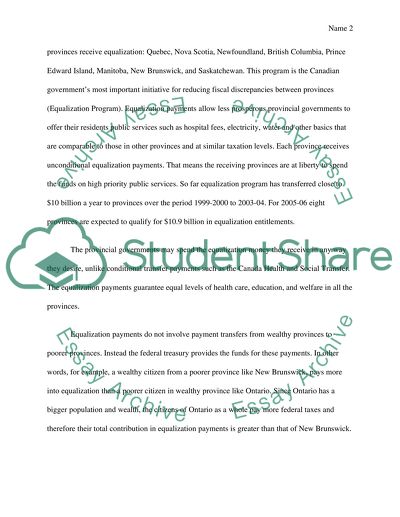Cite this document
(“Equalization in Canada verses Equalization in Australia Essay”, n.d.)
Equalization in Canada verses Equalization in Australia Essay. Retrieved from https://studentshare.org/miscellaneous/1510253-equalization-in-canada-verses-equalization-in-australia
Equalization in Canada verses Equalization in Australia Essay. Retrieved from https://studentshare.org/miscellaneous/1510253-equalization-in-canada-verses-equalization-in-australia
(Equalization in Canada Verses Equalization in Australia Essay)
Equalization in Canada Verses Equalization in Australia Essay. https://studentshare.org/miscellaneous/1510253-equalization-in-canada-verses-equalization-in-australia.
Equalization in Canada Verses Equalization in Australia Essay. https://studentshare.org/miscellaneous/1510253-equalization-in-canada-verses-equalization-in-australia.
“Equalization in Canada Verses Equalization in Australia Essay”, n.d. https://studentshare.org/miscellaneous/1510253-equalization-in-canada-verses-equalization-in-australia.


